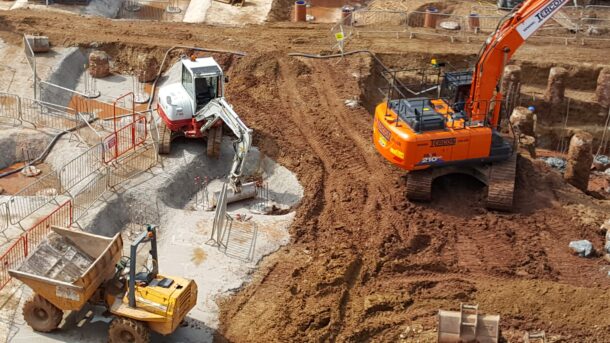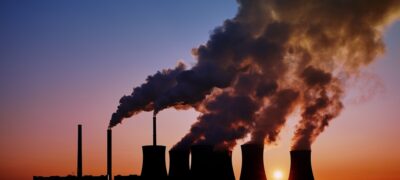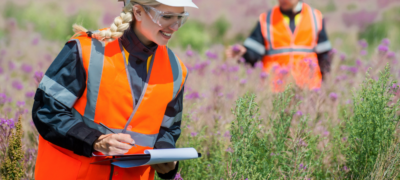Breathe in the fresh air…or is it?
So fundamental for life that we take it for granted: we expect the air that we breathe to be clean. But in many places in the UK – busy towns and cities in particular – it isn’t. In the UK it is estimated that illnesses linked to air pollution contribute to the deaths of 40,000 people each year. There are many sources of air pollution but some of the biggest culprits are from the use of fossil fuels – diesel and petrol – and from the fine particulates created by friction on wheels and brakepads.
Air Quality - Sustainability Short
Watch this short animation to get an introduction on why air quality is a key issue on construction sites, and most importantly, what you can do to reduce air pollution when you’re working on site.

More and more cities are setting up clean air zones to reduce the impact on citizens’ health from poor air quality. This largely means the restriction of older vehicles on our roads through the imposition of engine emission standards. This applies as much to road going vehicles as it does to construction plant and vehicles.
The School’s Plant Group established a need to know which UK Councils and regions have Clean Air Zones (CAZ) or Low Emissions Zones (LEZ), or are planning them. We developed an interactive map, available to everyone, that provides detailed information about the UK’s Clean Air and Low Emission Zones. Access the map here.
Whilst European standards are forcing manufacturers to make new vehicle engines to ever cleaner limits, there is still a large number of vehicles and plant in the ‘UK fleet’ that have older, less clean emissions.
Emissions can be reduced by using more modern equipment that inherently has lower emissions, using tailpipe solutions such as diesel particulate filters to reduce emissions, and better driver behaviour to minimise necessary emissions.

The reason for this is that the use of diesel creates emissions of nitrogen dioxide and fine soot (particulate matter), more so than from petrol engines, that if not reduced or controlled are known to cause significant chronic health problems such as respiratory diseases and cancer.
Moreover, poor air quality has a disproportionate impact on those who are most vulnerable in society, including children, those with pre-existing conditions and the elderly.
All of these factors have led to many organisations such as the GLA, National Highways and HS2, to stipulate specific requirements for the road going and non-road going vehicles used on their projects. Many UK cities now similarly have ‘Low Emissions Zones’ and ‘Clean Air Zones’ to reduce emissions of air pollutants. Understanding the key issues associated with poor air quality, and what your organisation can do to reduce its air quality impacts is likely to have key benefits for your business, as well as wider community benefits in the places you work.
But it’s not just about poor air quality from plant and vehicles
Indoor air quality is a serious issue too, sometimes dubbed ‘sick building syndrome’. Having good quality air indoors not only improves peoples’ health, but also their wellbeing and productivity levels – the simple build up of CO2 indoors has been shown to make people more drowsy and less effective. We should therefore be mindful of the air conditioning and ventilation systems we use to ensure that we are providing decent air indoors as well as outside.
Air Quality
Air Pollution 101
Video
Air Quality
Air Quality for Plant and Equipment
E-learning module
Energy and Carbon
Whole Life Approach Calculator for Plant and Machinery
Document/Presentation
Air Quality
Air Pollution in the UK
Document/Presentation

Climate change is the biggest issue of our time and…

How we deal with the potential positive and negative impacts…

Addressing wellbeing and welfare improvement across the whole value chain…



 5 minutes
5 minutes